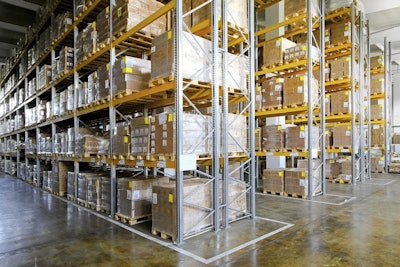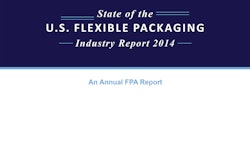
Demand for rigid bulk packaging is projected to increase 4% annually to $7.3 billion in 2018. The projected growth represents an improvement from the performance of the 2008-2013 period as manufacturing output and construction activity recover further from post-recession troughs.
These and other trends are presented in Rigid Bulk Packaging, a new study from market research firm, The Freedonia Group, Inc.
The resurgence of these segments will fuel rebounds in the production of chemicals and plastic materials, which will support heightened demand for related rigid bulk packaging. Prospects will also benefit from trends that are increasing the competitiveness of the manufacturing sector in the U.S., including insourcing (also called reshoring or onshoring) and rising production of shale oil and gas. Plastic is the leading material for rigid bulk packaging, with steel and paperboard also used to a significant extent.
Nondurable goods markets represented 82% of rigid bulk packaging demand in 2013, with chemicals and pharmaceuticals generating more than 50% of nondurables demand. Through 2018, chemicals and pharmaceuticals will experience the fastest gains, fueled by a rebound in chemical output combined with the healthcare needs of an aging U.S. population and continuing innovations in drug development.
Growth in the food and beverage market will be similar to the overall average, helped by population increases, improved consumer spending levels, and favorable prospects for value-added foods such as prepared and assembled products, which tend to contain bulk ingredients that are shipped to food manufacturers in rigid bulk packaging.
Rigid intermediate bulk containers (RIBCs) and material handling containers are expected to see the fastest growth through 2018. “Beyond a brighter economic picture, advances for these containers will be driven by cost benefits over smaller or single-trip containers,” says analyst Esther Palevsky. Growth will also be boosted by increased emphasis among users of these containers on sustainability and closed-loop supply chains. Drums, the largest rigid bulk packaging product type in value terms in 2013, will register improved growth from the recession-impacted 2008-2013 period, but increases will trail the overall market as a result of further losses to alternative formats, especially larger capacity types. Plastic drums will post above-average gains based on cost and performance advantages over fiber and steel drums. Advances will be held back by competition from RIBCs as well as the entrenched positions held by steel and fiber drums in certain applications.
The 341-page Rigid Bulk Packaging report is available for $5,300 from The Freedonia Group, Inc. For further details, contact Corinne Gangloff by phone 440.684.9600 or e-mail [email protected].























